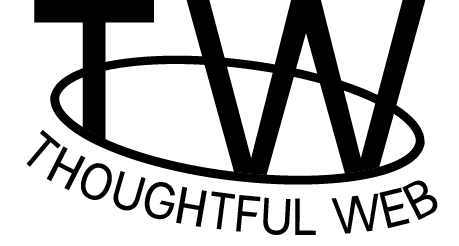A sustainable approach to web design
Green Web Design is a paradigm shift in site creation, focusing on sustainability and societal impact.
It urges us to consider the environmental implications of our websites and to make informed design decisions for future-fit sites. Measuring Carbon Footprint Begin by calculating your site's carbon footprint using a Carbon Calculator.
This gives a baseline measurement of the site's impact, and guides you to reduce it. Several carbon calculator websites such as Backspace, Digital Beacon, and Website Carbon can assist you in this process.
Back-end and Front-end Design
Back-end design is about the setup of your site, the technology it uses, and the power sources of your data centres.
Principles include hosting data as close to your business and customers as possible, and using data centres with renewable energy sources.
Front-end design refers to what users see when they visit your site.
The guiding principle here is 'less content is more'. Be mindful of your design elements, and keep a concise baseline of content.
File Sizes and Images
When it comes to file sizes, less is more. Aim to have the least data hosted and saved. Conduct an 'asset audit' to identify heavy assets on your site and consider redesigning them or reducing their file size. Use images with a clear purpose and keep their size minimal.
Branding and Colour
Even your site's colour palette contributes to its carbon footprint. Opt for minimal colours, focusing on low tone, low contrast colours, and mainly dark bases.
Ethical Pricing
In e-commerce, maintain ethical pricing strategies. Keep prices, discounts, and sales aligned with your morals and values.
Green Web Design is a journey to create a sustainable digital presence. It's about making small, conscious decisions that add up to create a big impact. Start your journey today.

